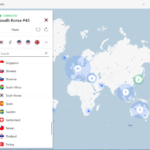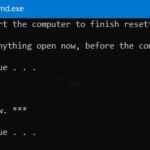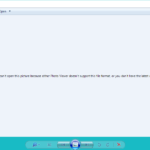Do you encounter a lot of disk utilization from the Windows Host process rundll32? If that’s the case, we’ll teach you how to correct it in this guide.
Using specialized system repair software is the best solution to resolve this issue.
Certain tasks can also cause problems with dundll32, so make careful to turn them off to resolve the problem.
You might want to disable some services if you’re having issues with the Windows Host process rundll32 and significant CPU consumption.
Problems with high disk and CPU use in Windows machines are nothing new. While a high-speed SSD can usually solve the problem of high disk consumption, the problem of high CPU usage is not hardware-based.
Many Windows users are irritated by the high disk/CPU utilization of the Windows host process rundll32.
The DLL extension is used to hold application functionality that may be accessed by other apps.
Scheduled tasks or malware concerns might cause the Windows host process rundll32 to consume a lot of disk and CPU resources.
This article looks at a few troubleshooting steps for the Windows host process rundll32 excessive disk / CPU utilization issue in Windows 10.
How To Fix Windows host process rundll32 high CPU usage
Method 1. Disabled items from the Task Scheduler
1. To open administrative tools, press the Windows key and type administrative tools.
2. Scroll down to Task Scheduler in the File Explorer window.
3. Expand the Task Scheduler Library in Task Scheduler, then go to the Task Scheduler Library and pick Microsoft. Select Customer Experience Improvement from the Windows section.
4. Right-click Consolidator in the right pane.
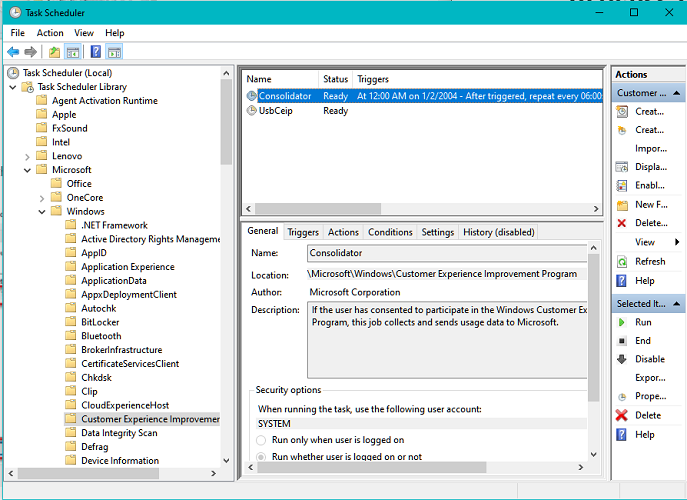
5. Choose Properties.
6. Navigate to the Triggers tab.
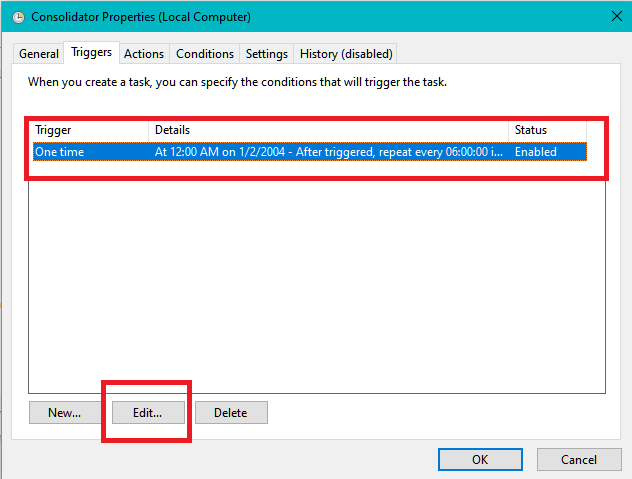
7. Select the OneTime trigger, and then click on Edit
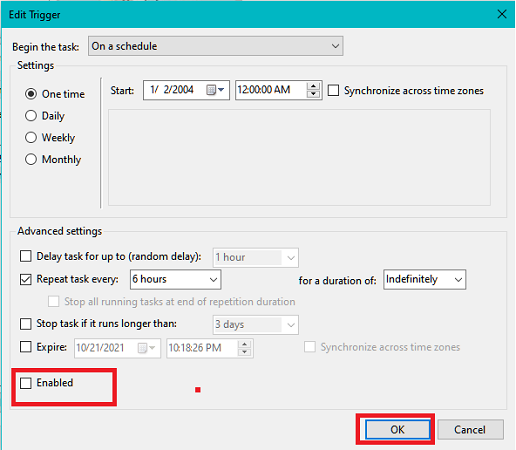
8. Uncheck the Enabled box under Advanced Settings in the Edit Trigger window.
9. To save the changes, click OK.
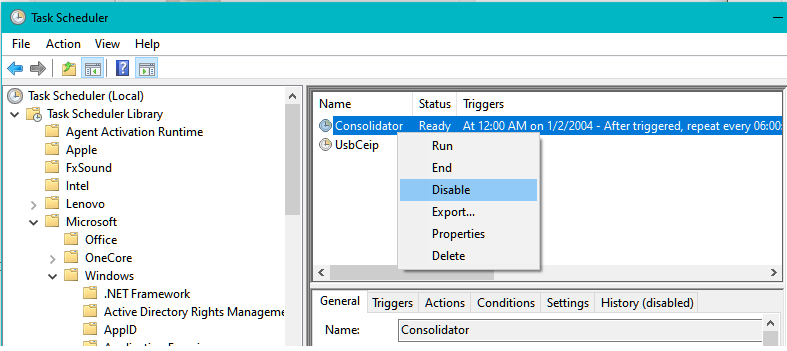
10. Return to the Item list and disable the following items one by one with a right-click. The following are the items that must be disabled:
- Consolidator
- UsbCeip
Note: Remember to restart your computer after you’ve completed these procedures.
Check if the Windows Host process rundll32 is still using a lot of CPU after the restart.
If this is not the case, make sure to undo the changes done in the previous steps to enable Consolidator in the properties and item list.
Method 2. Use specialized repair software
DLL problems are rather prevalent, and manually correcting them can be a pain, especially if you can’t pinpoint the source of the problem.
As a result, we recommend using specialist third-party solutions to resolve difficulties with the Windows Host process rundll32 and other software.
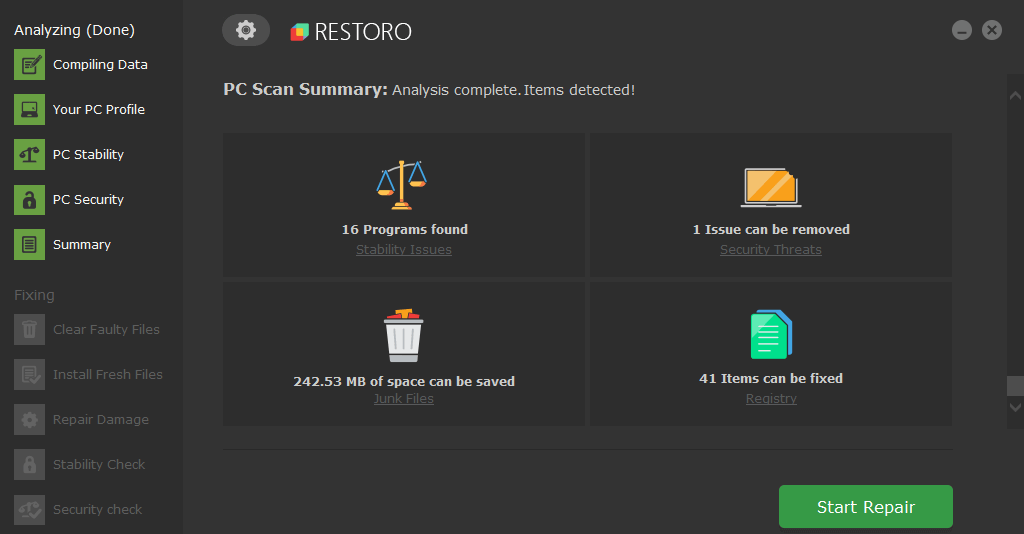
Restoro is a dependable third-party DLL fixer that replaces and repairs any corrupted or damaged files on your PC using a built-in automated system and an online library full of usable DLLs.
To fix your PC’s problems, all you have to do is launch the software and follow the on-screen directions to begin the procedure; everything else is taken care of by the software’s automated processes.
This is how Restoro can help you fix registry errors:
1. Download and install Restoro on your computer.
2. Start the program.
3. Wait for it to finish scanning your PC for any concerns with stability or malware.
4. Press the Start Repair button.
5. To make all of the changes take effect, restart your computer.
Your PC will be as good as new after this process is completed, and you will no longer have to suffer BSoD problems, slow reaction times, or other similar difficulties.
Disclaimer: In order to execute some specified operations, this program must be updated from the free version.
Method 3. Disable Telemetry services
1. Press Windows key + R to launch the Run dialog box. Then type “services.msc” and click OK.
2. In the Services pane, locate the Connected User Experience service
3. Right-click on the service and click Properties.
4. Click the Stop button to stop the service.
5. Disable the Startup Type option.
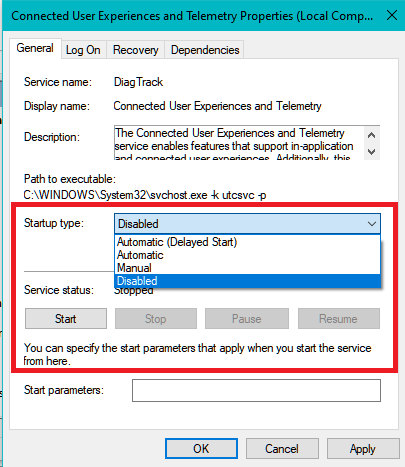
6. To save the changes, click Apply and OK.
7. Restart your computer after closing the Services window. Open Task Manager to see if the issue with high disk and CPU utilization has been rectified.
The Microsoft User Experience service is also known to cause issues with high disk and CPU utilization.
The problem with the Windows Host process rundll32 appears to have been resolved by disabling the service.
Method 4. Uninstall Google App Engine
1. Hold down the Windows key and the R key at the same time, type “appwiz.cpl” and click OK.
2. Locate Google App Engine in the Control Panel.
3. Select Uninstall. Click Uninstall/Yes to confirm the action.
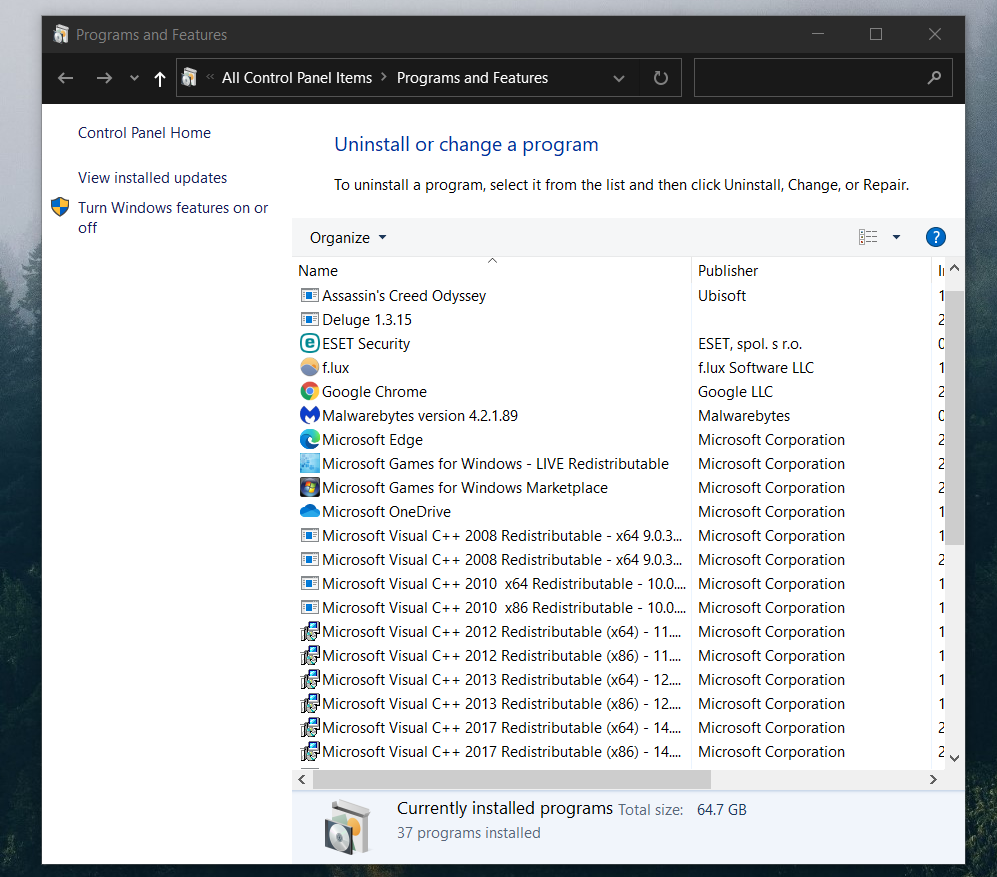
4. Restart the computer once you’ve uninstalled it to see if anything has changed.
Many people have stated that deleting the software fixed the Windows Host process rundll32 problem, so give it a shot.
Method 5. Uninstall Lenovo Dependency package
1. Open Control Panel by pressing the Windows key and typing control.
2. Select Programs and Features from the Programs menu.
3. Uninstall Lenovo Dependency Package by right-clicking on it. By clicking Yes, you confirm the action.
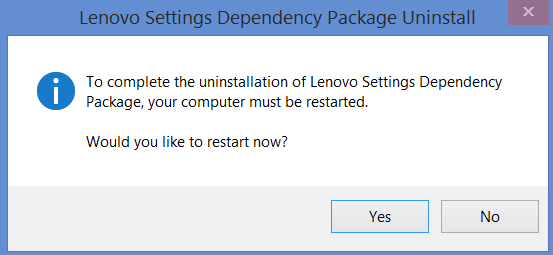
4. Reboot your system.
The Lenovo Dependency Package is a collection of services and drivers that can be installed on older Lenovo machines to assist with Lenovo Settings.
However, the software might occasionally cause issues with significant disk and CPU utilization. The problem should be resolved by removing the package.
A high disk and CPU utilization problem in the Windows host process rundll32 might occur for a variety of reasons.
Follow the listed instructions step by step, and leave a comment to tell us which one helped you with the problem.

